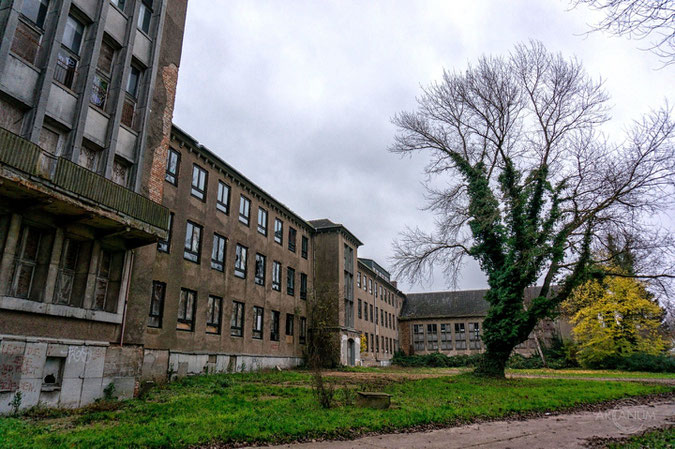School for Navigation
This building has a
long tradition as the first German school for sailors.
In the 19th century, it was recognized that the education for future sailors had to be professionalized. Until then, this "education" took place mostly in the winter months (in which only limited ship traffic was
possible) and was given by experienced captains. In addition, the
clerk frequently gave arithmetic and writing lessons.
It was no different in this city.
The desire to improve the teaching encouraged the citizens
to turn to the Grand Duke, who then ordered the construction of an
appropriate institution.
The School for Navigation opened mid-19th century.
The development of steam navigation, the shift of handling to the North Sea as well as changing
conditions (traveling the world's oceans, trend towards larger vessels) led to a drop in student numbers at the end of the 19th
century.
Under a new director, who controlled the fate of the institution
since about 1910, the building was expanded. In the years 1914-1916
a card room, a radio room and an examination
rooms were furnished; until 1917, a tower was built which hosted
the training in astronomical navigation.
Until 1944, exams took place, mostly for helmsmen. After that
it was no longer possible because of the war.
1945, the school was closed.
In the years after the war, the school was used by a
unit of the Soviet Navy. In 1948 citizens of the community persuaded
the authorities that exams, at least for the small patents of fishermen, can be held.
In May of 1949, the school reopened under the
motto "Every sailor is a guarantor of peace" under new management. A new curriculum for the training of "Big ship officers and
captains" was developed. A year later, the first officers for maritime radio were trained. Some were given special training that prepared them for espionage activities or the work underground.
Nautical training in this place ended in the early 1990s.


























